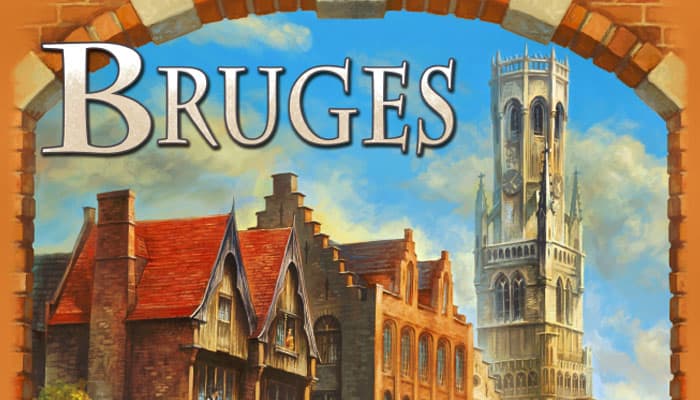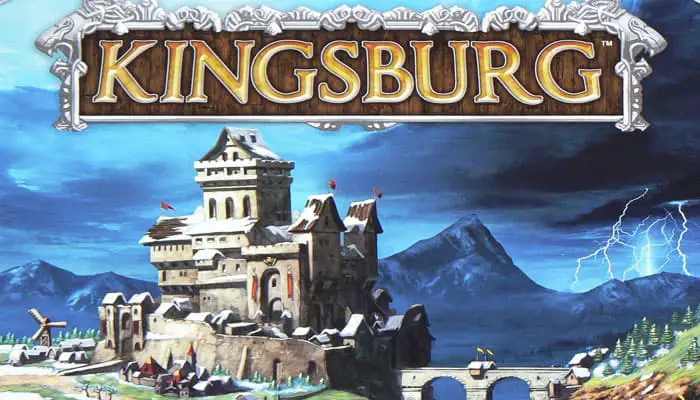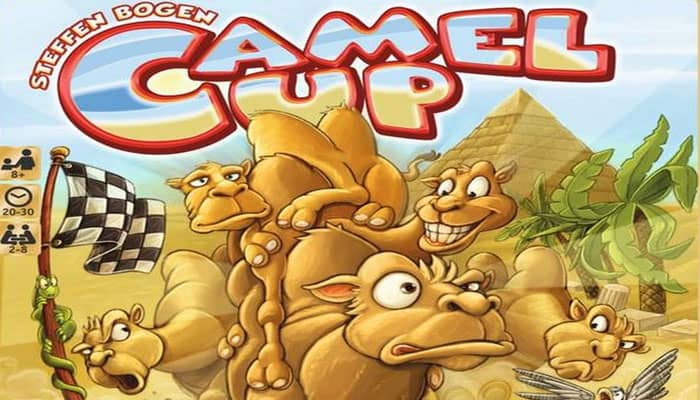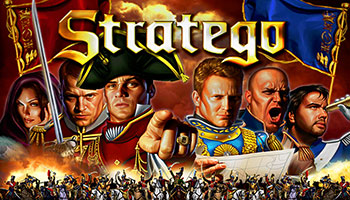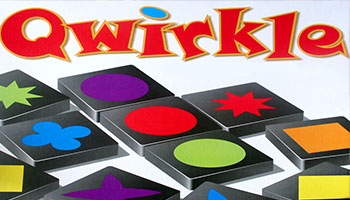

Q. What exactly happens if I play Ponder Stibbons or Drumknott?
A. You choose any two cards from your hand to play. You should treat each card you play as a separate set of actions.
Thus, if one of the cards allows you to play another card then you can do so, following on from that particular card.
Once you have completed all of the actions associated with one of the cards you can then play the second card, which may also result in you being able to play additional cards. If you play all of your cards then your turn ends. …





